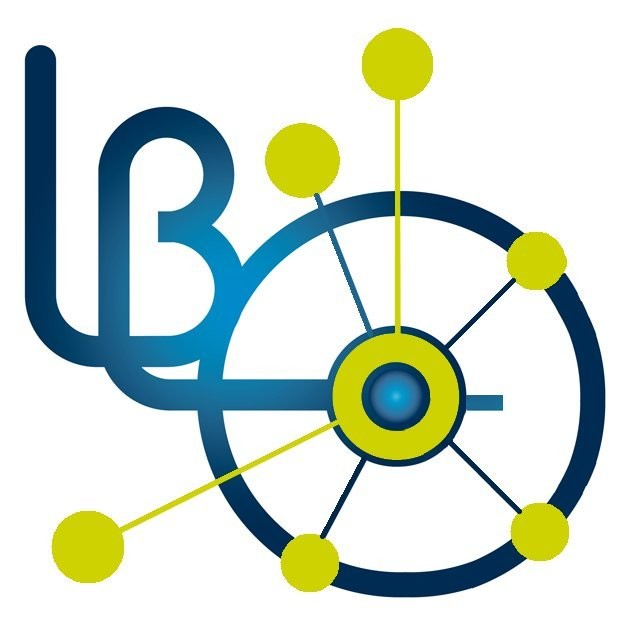
Laboratoire Léon Brillouin
UMR12 CEA-CNRS, Bât. 563 CEA Saclay
91191 Gif sur Yvette Cedex, France
+33-169085241 llb-sec@cea.fr
Laboratoire Léon Brillouin
UMR12 CEA-CNRS, Bât. 563 CEA Saclay
91191 Gif sur Yvette Cedex, France
+33-169085241 llb-sec@cea.fr



Brief description
DREAM is a time-of-flight diffractometer that is mainly dedicated to powder diffraction, but also offers single crystal capabilities. The science case of DREAM instrument is very wide - nuclear and magnetic structural studies of complex materials with large unit cells, in situ measurements or analyses of small samples - and the instrument will serve the ever-growing needs of various scientific communities.

DREAM's versatility is achieved by combining neutrons fluxes from both thermal and cold moderators in a bi-spectral instrument concept. At full detector coverage, the broad neutron bandwidth (3.6 Å) provides a Q-range of 0.01 – 25 Å–1 in a single frame, which is ideally suited for studies on multiple length scales by accessing several scattering techniques: Small-Angle Neutron Scattering (SANS), Diffraction and Pair-Distribution Function (PDF).
DREAM is developed and built for ESS as an in-kind contribution from both Forschungszentrum Jülich (Germany) and Laboratoire Léon Brillouin (France) [1,2].

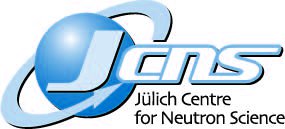
F. Porcher (Scientist)
B. Annighöfer (Engineer)
S. Désert (Engineer)
G. Fabrèges (CAD designer)
M. Feygenson (Lead Scientist)
P. Harbott (Lead Engineer)
A. Poqué (Engineer)
A. Schwaab (Engineer)
W. Schweika (WP Coordinator)
The science case of DREAM instrument focuses on the structure determination of complex materials with large unit cells, the studies of new compounds with an interplay of magnetism and superconductivity, nanostructures, metal organic frameworks, thermoelectrics, hydrogen storage and catalysis materials.
The design of DREAM takes advantage of the long pulse and unpreceded peak brightness of ESS to provide a flexible choice between high resolution and high intensity. The estimated highest resolution in the backscattering detector (d ~ 0.0003Å) will set a new world record in neutron diffraction. The pulse-shaping chopper consisting of two fast counter-rotating disks will allow a seamless change between the high resolution and high intensity modes of operation.
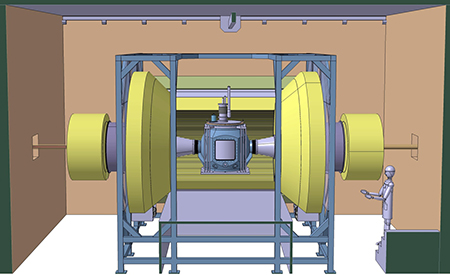
The new 2D position sensitive 10B detectors covers with high efficiency a large solid angle (initial coverage of 1.86 sr then 5.12 sr in the full coverage), and further enables neutron time-of-flight Laue single-crystal diffraction measurements. The future upgrades will include dedicated SANS detector, neutron polarization in forward scattering and dedicated high-pressure station.
Finally, the full potential of DREAM will be realized through a new approach to the data analysis based on 2D Rietveld refinements of the angular- and wavelength-dispersive diffraction data [3].
The DREAM construction proposal was accepted in 2014 [4]. In the beginning of 2017 the preliminary design review at ESS had set the initial scope and budget for the construction of the instrument.
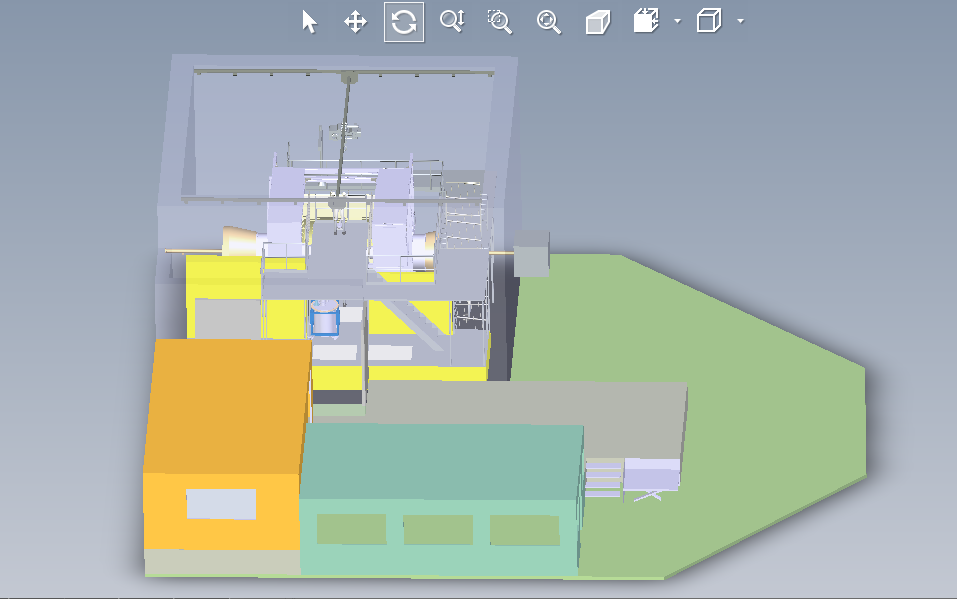
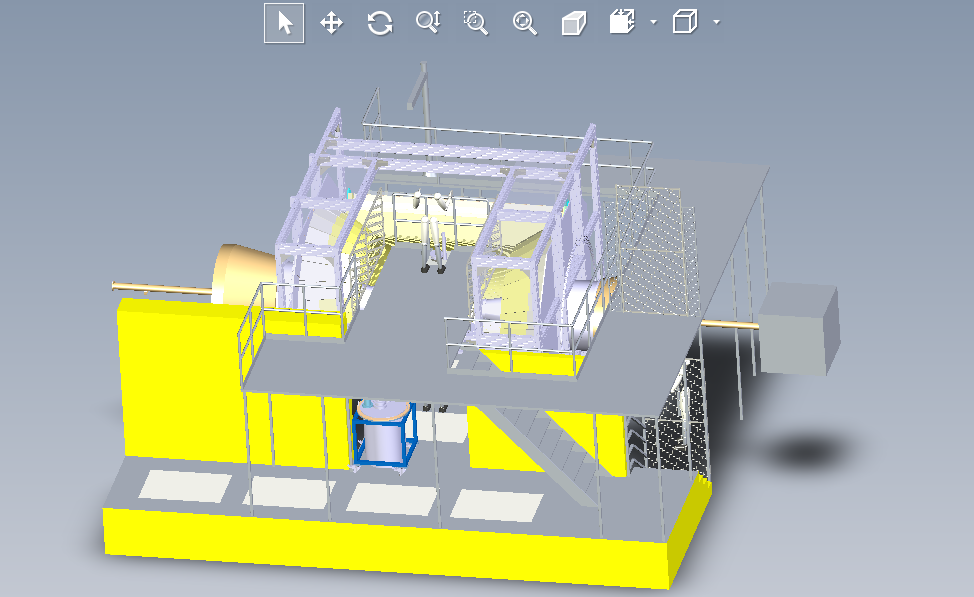
Figure 3: The experimental area of DREAM. Copyright: Laboratoire Léon Brillouin CEA-CNRS.
I. Powder Diffraction is an integral part in chemistry, physics and material science research. The crystallographic studies of powders under various external conditions require a fast and robust neutron diffractometer.
The spacious area around sample position will allow DREAM to accommodate diverse samples environments, including low/high temperature, cryogenic magnets, high-pressure environment, and reactive gas and chemical reaction cells...
II. High Resolution neutron diffraction is a key feature of DREAM that would address a broad range of science cases. The high-resolution measurements are necessary for the crystallographic studies of large unit cell, magnetic, multi-phase and low symmetry materials. Examples include perovskites, textured polycrystalline ceramics, piezoelectrics, metal-organic frameworks and transition metal oxohalide compounds. DREAM shall achieve the world record resolution in the backscattering (Δd = 0.0003 Å near backscattering).
III. Pair-Distribution Function (PDF) measurements that enable the studies of the local crystal structure in crystalline materials will be possible on DREAM where maximum Qmax = 25 Å-1. This value is close to that routinely available at synchrotron on x-ray PDF instruments. It would allow studying, in particular, the local crystal structure of nanostructured materials. The position sensitive detectors of DREAM will open advances towards 3D PDF.
IV. In-Situ and Parametric Studies of the functional materials will play an important role in DREAM’s user program. The in-situ measurements of battery and super-capacitor materials under operating conditions are necessary for their performance optimization. The parametric studies are indispensable to unveil the competition between magnetic order and superconductivity in unconventional superconductors. Such phase diagram studies should also take a full advantage of DREAM’s sensitivity to weak signals (time resolution of ms for samples as large as 0.5 cm3).
V. Small Samples Measurements are in high demand, particularly in the battery and nanoscale communities as syntheses often yield only tens of milligrams of a sample, which presents a challenge for the neutron diffraction experiments. On DREAM, careful neutron beam collimation, evacuated flight path, new detector technology, possible polarization (after upgrade) should significantly reduce the instrument background and help to unveil weak signals from samples as small as 1 mm3.
VI. Time-of-Flight Laue Single-Crystal Neutron Diffraction is the ultimate option to uncover signals that are too weak to show up in powder diffraction (like, for example, subtle correlations between spins, orbitals, charge ordering and structural features). Thanks to its 2D large detector covering up to 5.12 sr, single crystal diffraction with unpolarized neutrons at DREAM will complement the polarized neutron measurements at the MAGIC instrument.
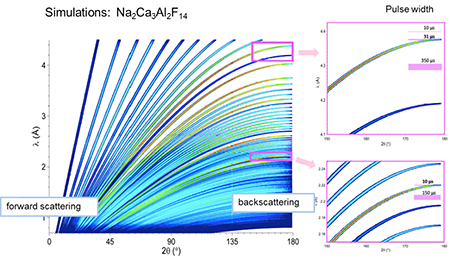
http://www.fz-juelich.de/jcns/jcns-2/EN/Forschung/Instruments-for-ESS/Instruments/DREAM/_node.html
https://europeanspallationsource.se/instruments/dream
•  Institut Rayonnement Matière de Saclay • Laboratoire Léon Brillouin (LLB) • Leon Brillouin Laboratory (LLB)
Institut Rayonnement Matière de Saclay • Laboratoire Léon Brillouin (LLB) • Leon Brillouin Laboratory (LLB)
• Groupe "Infrastructures et développement" (INFRA) - "Infrastructure and development" research group • Nouvelles frontières dans les matériaux quantiques - NFMQ
• Neutrons • Activités instrumentales nationales et internationales du LLB - National and internatonial instrumental activities at the LLB • Projets du LLB pour ESS - ESS projects @ LLB
